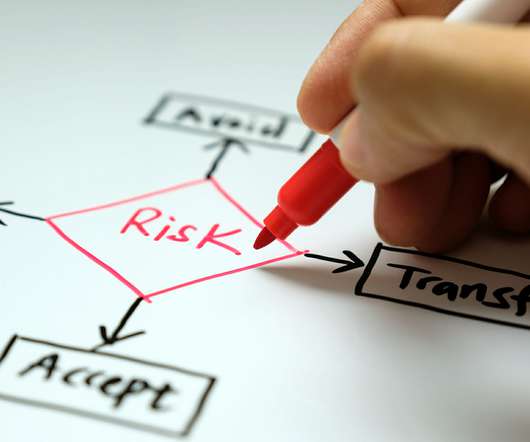How to Choose the Right DRaaS Provider: Key Considerations
Zerto
APRIL 11, 2024
Disaster Recovery as a Service (DRaaS) has become a vital component of modern business continuity planning. Key Considerations When Choosing a DRaaS Provider Assess and Define Your Disaster Recovery Needs Before you start evaluating DRaaS providers, assess your organization’s specific requirements.













Let's personalize your content